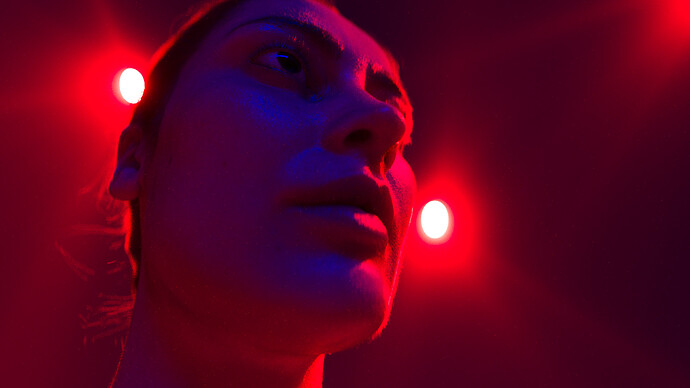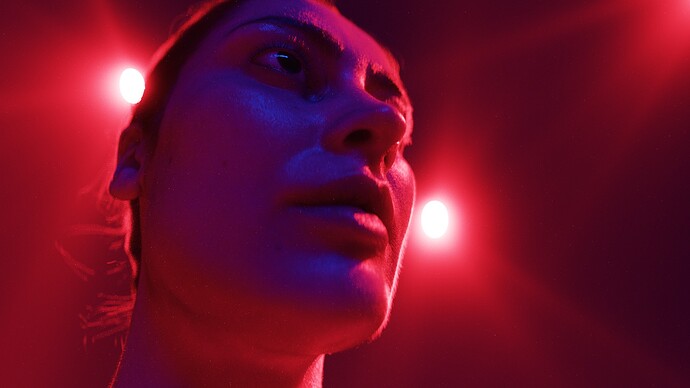Just replying to myself to share further tests. 
I have tried to come up with the most photo-realistic model I could do in full CG. After a few tests, I finally chose to go with the Eisko Louise model.
I have tried to tweak the least possible the “raw” data to be as “accurate” as possible, even if I totally acknowledge this model and my lookdev work should not be taken as some ground truth.
Here is an ACEScg render, displayed in Rec. 709 (ACES) using ctl. Only one Envlight with the treasure island HDRI was used.
And below is what I do for a living : lighting CG assets.  This is an ACEScg render, displayed in Rec. 709 (ACES) using ctl. I have used 4 area lights with ACEScg primaries (red and blue) to recreate a concert atmosphere. This render has not been comped whatsoever, this is straight from Guerilla Render after 17 hours of rendering.
This is an ACEScg render, displayed in Rec. 709 (ACES) using ctl. I have used 4 area lights with ACEScg primaries (red and blue) to recreate a concert atmosphere. This render has not been comped whatsoever, this is straight from Guerilla Render after 17 hours of rendering.
I have tried several DRT on this render and the one I was most pleased with was the RED IPP2 from the GM VWG OCIO Config.
Hopefully these tests will be able to show properly the two issues I am after : gamut clipping and hue skews.
All best,
Chris


